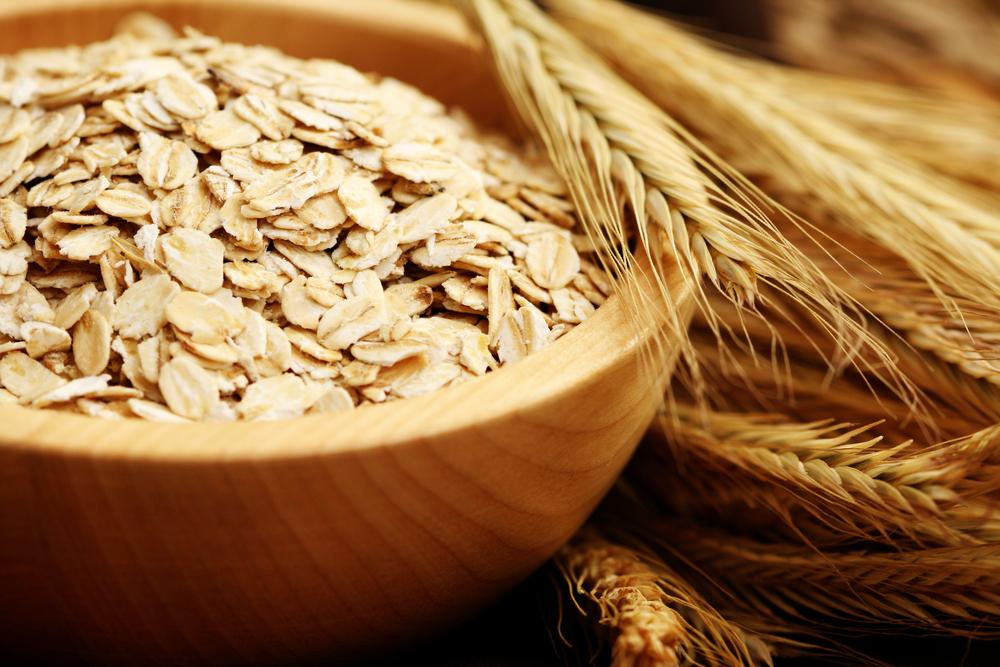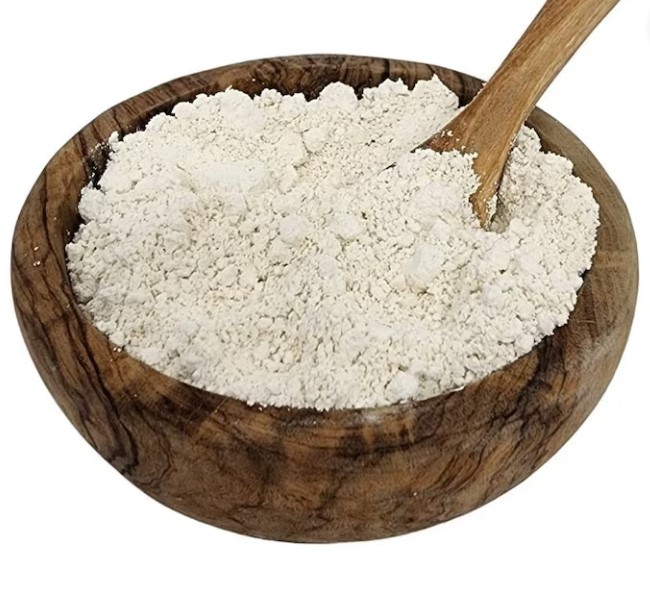April 24th, 2024
Skincare in Review: Colloidal Oatmeal

You may have noticed this ingredient in your skincare. Colloidal Oatmeal (Avena sativa) has been used in formulations for many years now especially in products formulated to soothe and calm skin. Made from the kernels of oats, this ingredient is a fine powder that dissolved in water and is beneficial for:
–Atopic Dermatitis
–Contact Dermatitis
-Eczema
-Psoriasis
–Dry Skin (1) (2)
With few exceptions, this ingredient has a very low irritant potential. Those with Celiac Disease must take caution however, just as eating gluten can upset the stomach and cause other symptoms, colloidal oatmeal can also cause a cross allergic reaction by applying this ingredient to your skin, resulting in a rash (or Contact Dermatitis). (3)
All in all, colloidal oatmeal is a very interesting ingredient for skincare. It’s also one of the oldest, being used in skincare since 2000 BC in ancient Egypt. According to the National Center for Biotechnology Information, this ingredient has nutrients such as proteins, fats, minerals and vitamins that are especially beneficial for sensitive skin. (4) The presence of different types of phenols in this ingredient also suggests antioxidant and anti-inflammatory properties.
Colloidal Oatmeal is nutrient dense. Comprised of 15-20% proteins and 3-11% lipids, vitamins, minerals and antioxidants. (5) The main polyphenolic antioxidant in this ingredient is Avenanthramide, which has a greater antioxidant activity than that of other oat phenolic compounds. (6)(7) Oat lipid content in colloidal oatmeal include 80% unsaturated fatty acids, 42-52% linoleic acid, 27-32% oleic acid, and 17-21% palmitic acid. These skin barrier supporting ingredients have shown pro-ceramide activity in-vitro. (8)
Colloidal oatmeal has been shown in studies to counteract elevated skin pH which in turn, assists in strengthening the skin’s stratum corneum barrier function. This is especially helpful paired with the ingredients ability to soothe inflammation especially for those who are suffering with atopic dermatitis or eczema. In addition to this, colloidal oatmeal lotion showed significant clinical improvements in dryness and moisture retention making this choice ingredient for those with severe dry skin conditions (xerosis) and compromised skin. A 2016 study found that colloidal oatmeal extracts were found to induce the expression of genes to epidermal differentiation, tighten junctions and lipid regulation in skin, and provide pH-buffering capacity. In this study, it was found colloidal oatmeal resulted in recovery of barrier damage. (9)(10)

Both the cellulose and fiber in colloidal oatmeal can calm redness and irritation.
Who would I recommend this ingredient to?
Those who are going through chemotherapy and radiation treatments will find “colloidal oatmeal” baths extremely beneficial. You can put 1 cup to 1 1/2 cup of colloidal oatmeal in a cheesecloth sack (so the water doesn’t get too messy) and soak for ten to fifteen minutes. This will help soothe sensitized skin, help with moisture retention, and help relax the mind. You can do this daily.
I would also suggest this to those with skin conditions that are dry, itchy or inflamed. Atopic Dermatitis is slightly different than Contact Dermatitis. Atopic dermatitis is caused by damage to the skin barrier. Contact dermatitis is a reaction from an irritant or a allergen. In either case, symptoms could include red, inflamed, itchy skin. Colloidal oatmeal could be a choice ingredient for this.
I would absolutely recommend this for those who suffer from psoriasis or eczema, as it is soothing.
All in all this is choice ingredient for many people, withstanding those who have Celiac Disease due to gluten.
Research & Resources
https://pubmed.ncbi.nlm.nih.gov/20865844
https://www.medicalnewstoday.com/articles/oatmeal-bath-for-eczema
https://www.webmd.com/skin-problems-and-treatments/what-to-know-about-colloidal-oatmeal https://www.ncbi.nlm.nih.gov/pmc/articles/PMC3508548
Health Benefits of Oat Phytochemicals. In: Oats Nutrition and Technology. Chichester, UK: John Wiley & Sons Ltd; 2013:171-194.
Chu, Y.F.; Wise, M.L.; Gulvady, A.A.; Chang, T.; Kendra, D.F.; Jan-Willem van Klinken, B.; Shi, Y.; O’Shea, M. In vitro antioxidant capacity and anti-inflammatory activity of seven common oats. Food Chem.2013, 139, 426–431.
Bratt, K.; Sunnerheim, K.; Bryngelsson, S.; Fagerlund, A.; Engman, L.; Andersson, R.E.; Dimberg, L.H. Avenanthramides in oats (Avena sativaL.) and structure-antioxidant activity relationships. J. Agric. Food Chem.2003, 51, 594–600.
Southall M, Pappas A, Nystrand G, Nebus J. Oat oil improves the skin barrier. The Dermatologist. 2012;(suppl):1-4.
https://jddonline.com/articles/colloidal-oatmeal-emavena-sativaem-improves-skin-barrier-through-multi-therapy-activity-S1545961616P0684X/
https://pubmed.ncbi.nlm.nih.gov/27272074
Rudge, R. (2016). Colloidal oatmeal emollient as an alternative skincare approach in radiotherapy: A feasibility study. Journal of Radiotherapy in Practice, 15(4), 322-333. doi:10.1017/S1460396916000315
